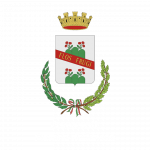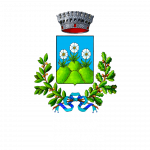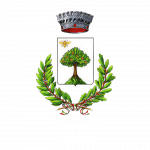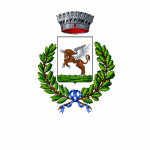Home / Salsa di Regnano Mud Spring
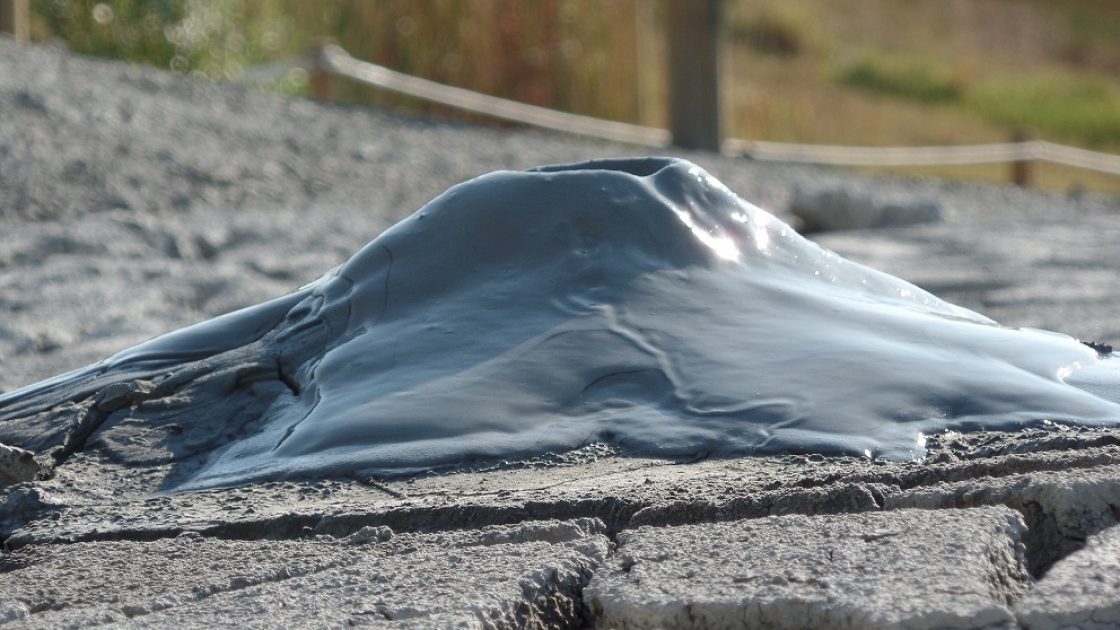
![]() Per posizionarti sull’itinerario
Per posizionarti sull’itinerario ![]() Per la tua geolocalizzazione
Per la tua geolocalizzazione


Lying very close to the houses of the small hamlet of Regnano is a vast area covered with a thick layer of mud, containing a number of small “volcanoes” of clay mud, which in some weather and environmental conditions may reach heights of several meters. These, the Salse di Regnano mud springs, have been fascinating visitors for centuries. The name “salsa” for these mud springs and their volcano-like cones derives from their high sodium chloride (common salt) content. The Salsa di Regnano spring has periods of intense eruption, with outflows of large amounts of mud also containing rocky debris. The main recorded eruptions were in 1754, 1796 and 1881. Due to the unpredictable mud spring eruptions, this area has never been intensively farmed, and so the distinctive flora of this saline mud environment has been conserved.
The Salsa di Regnano spring is particularly important in the history of the natural sciences, since it was the subject of meticulous study by scientist Lazzaro Spallanzani, following up previous research by Antonio Vallisneri; the analytical model which Spallanzani created for his work here was a major influence on the development of this discipline. Due to this historical role, the Salsa di Regnano is a site of international importance. It and the Salse di Nirano springs are the principal attractions on the Via dei Vulcani di Fango visitor trail.

Municipality of Maranello
Piazza Libertà, 33
41053 – Maranello (Modena)
comune.maranello@cert.comune.maranello.mo.it
Phone +39 0536 240 011
Fax +39 0536 942 263


IAT – Tourist Office at the
Ferrari Museum
Via Dino Ferrari, 43
41053 – Maranello (Modena)
Phone +39 0536 073036
Open every day except January 1st and December 25th
Opening times:
from April to October from 9:30am to 6:15pm
from November to March from 9:30am to 5:15pm


